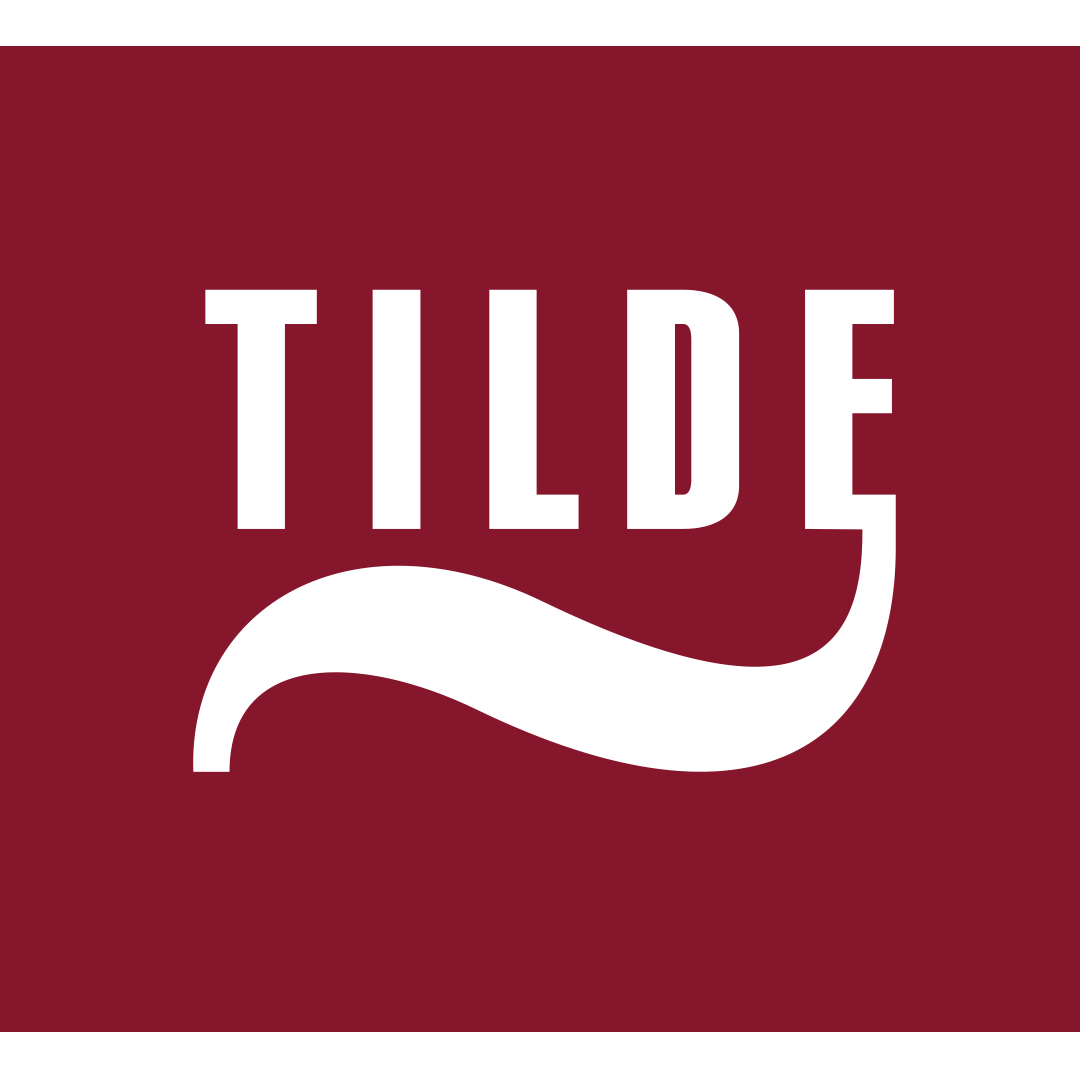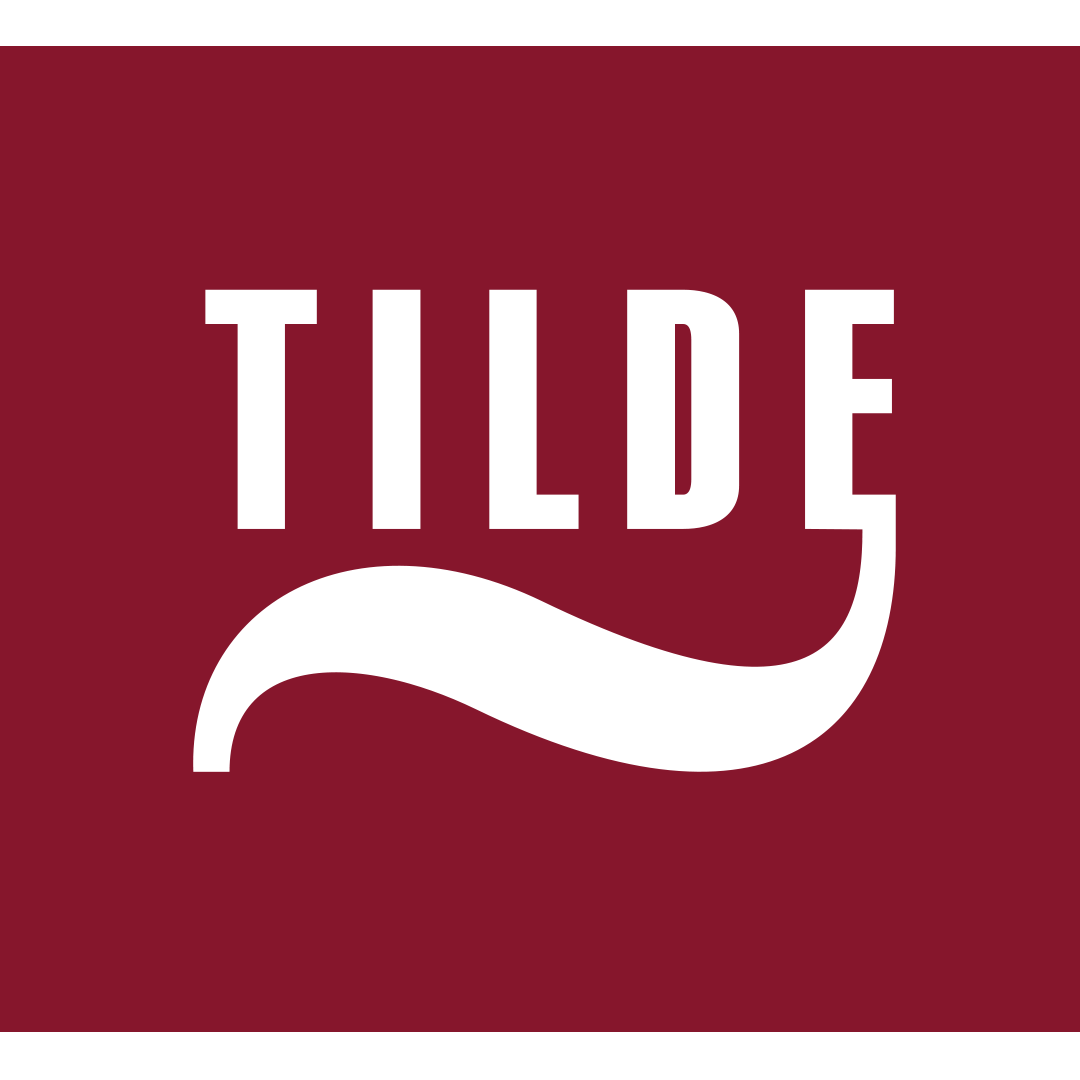Protect your data with multilingual document anonymisation
ANONYMISATION PROCESS
How does it work?
Upload your document
Choose data categories you’d like to pseudonymise or conceal
Use the online editor to review and fine-tune the result
Download your anonymised document, preserving the original formatting
DOCUMENT ANONYMISATION ACROSS INDUSTRIES
Secure solutions for sensitive data
Tilde Anonymise supports industries where data privacy is critical, ensuring compliance and secure data sharing.
- Safeguard data in law enforcement investigations
- De-identify patient records in healthcare
- Protect customer data in financial services
- Securely share documents in legal services
- Anonymise customer data in market research

Global compliance
Enhanced security
KEY FEATURES
Power up your privacy with document anonymisation
Multilingual anonymisation
Anonymise documents in any language, protecting sensitive data across global markets.
Advanced pseudonymisation
Frequently asked questions
What is document anonymisation?
Why is document anonymisation important?
Document anonymisation is crucial because it protects sensitive information by making it impossible to trace data back to individuals. This ensures that personal details, such as names, addresses, or medical records, are not exposed, even if the data is shared or accessed by unauthorised people. For example, in healthcare, anonymisation allows researchers to study patient data without violating their privacy. Similarly, businesses can use anonymised customer data for market analysis without risking a data breach.
Anonymisation also helps organisations comply with privacy regulations like the General Data Protection Regulation (GDPR). GDPR requires companies to protect personal data and avoid exposing it. Failing to anonymise sensitive information could lead to hefty fines and damage to the company’s reputation. For instance, if a company leaks unprotected customer information, it could face serious legal and financial consequences.
What is de-anonymisation, and when would I need it?
De-anonymisation (available soon) is the process of restoring anonymised data to its original form. This feature is particularly useful when you need to reverse anonymisation after sensitive data has been processed or translated. The mapping of pseudonymised entities to original forms may be deleted instantly, or kept, to produce pseduonymised document which allows for de-anonymisation after sensitive data has been processed.
How does pseudonymisation differ from anonymisation?
Pseudonymisation replaces personal data with fake identifiers (like pseudonyms) instead of removing it completely. This allows the data to remain useful for analysis while protecting individual identities.
What is morphology-sensitive pseudonymisation?
Morphology-sensitive pseudonymisation goes beyond simply replacing personal data with random identifiers (like pseudonyms); it ensures that these pseudonyms fit the grammatical rules of the language being used. This is especially important for languages with complex grammatical structures, where word endings or forms change based on gender, number, or case (e.g., in languages like Russian, Latvian, or Arabic).
For example, in a sentence where a person's name appears, simply replacing the name with a generic pseudonym may distort the grammar of the sentence. In morphology-sensitive pseudonymisation, the pseudonym will be adjusted to match the grammatical form, so the sentence still flows naturally. If a name is in a particular case (like possessive or plural), the pseudonym would be changed to reflect the same case.
This feature is particularly valuable in legal documents, healthcare records, or multilingual environments where maintaining the integrity of the text is essential for readability and accurate communication. By preserving grammatical accuracy, morphology-sensitive pseudonymisation ensures that the anonymised document remains coherent and useful, even after sensitive data has been replaced.


